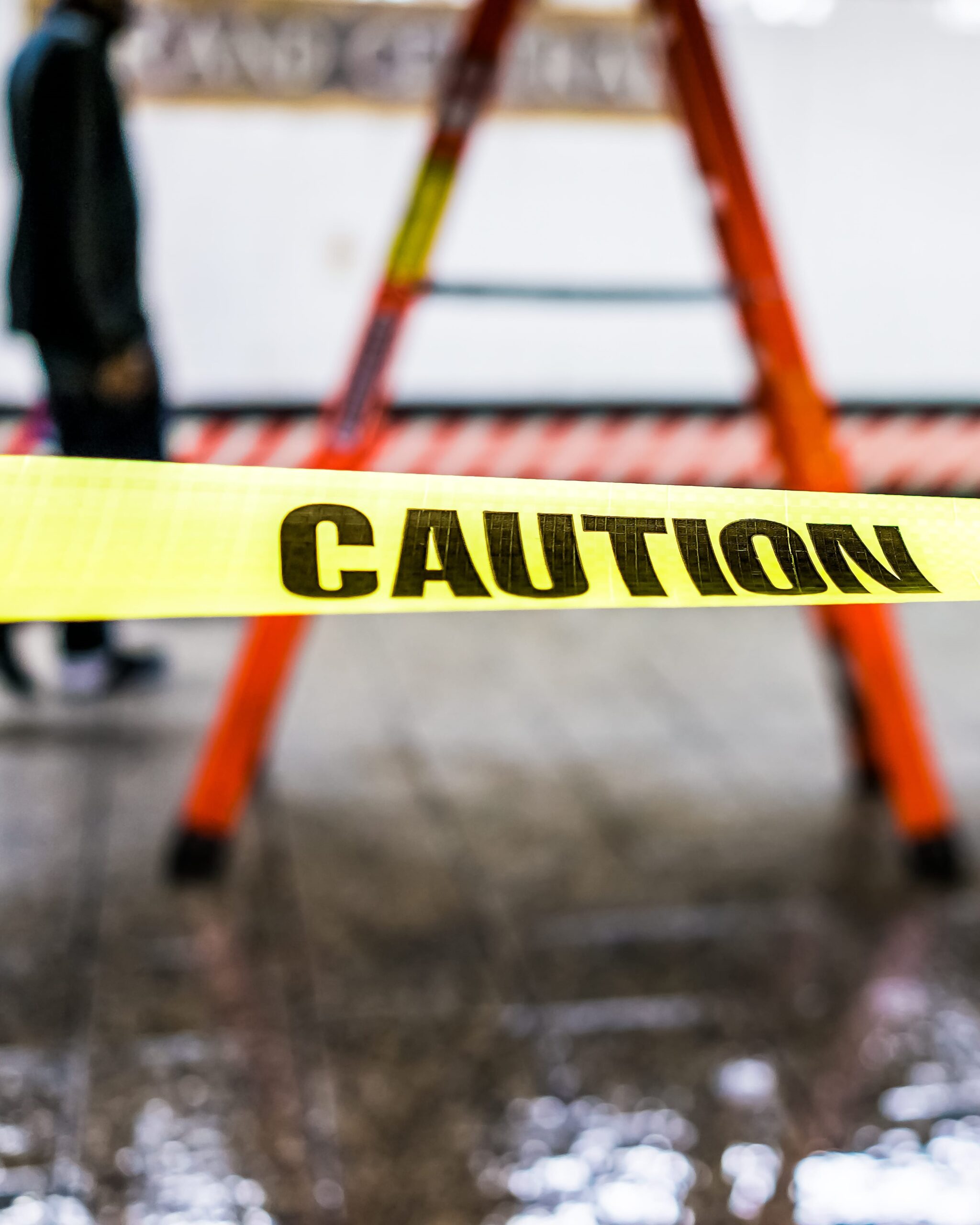Expert Slab Leak Repair Services in Beaumont, Texas
Plumbing Solutions offers expert slab leak services in Beaumont, Texas, providing fast, reliable, and efficient solutions for homeowners dealing with water leaks beneath their concrete foundation. Slab leaks can cause serious damage to your home if left undetected, leading to mold growth, structural issues, and increased water bills. Our team of licensed plumbers uses cutting-edge technology, including electronic leak detection and video camera inspections, to accurately locate the source of the slab leak with minimal disruption to your property. Once the leak is identified, we provide professional repairs to restore the integrity of your plumbing system and protect your home’s foundation. At Plumbing Solutions, we understand the urgency of slab leaks and are committed to offering affordable, high-quality services that ensure long-term peace of mind for our Beaumont customers. Whether you’ve noticed wet spots on the floor, a sudden increase in your water bill, or other signs of a slab leak, Plumbing Solutions is here to help with efficient and thorough slab leak detection and repair services. Contact us today to schedule an appointment and safeguard your home from further damage.


Slab Leaks Detection
Detecting slab leaks early is crucial for minimizing damage and reducing repair costs. Here are some common signs that may indicate a slab leak:
Increased Water Bills: A sudden spike in water bills without a corresponding increase in usage could signal a hidden leak.
Visible Water Damage: Moisture or water stains on floors, walls, or carpets, especially in areas near the foundation, may indicate a slab leak.
Low Water Pressure: A decrease in water pressure throughout the house can be a symptom of a slab leak affecting the main water line.
Mold or Mildew: The presence of mold or mildew, along with a musty odor, suggests excessive moisture buildup, often caused by slab leaks.
Warm Spots on Floors: Hot water slab leaks can manifest as warm spots on the floor, particularly noticeable on tiled surfaces.